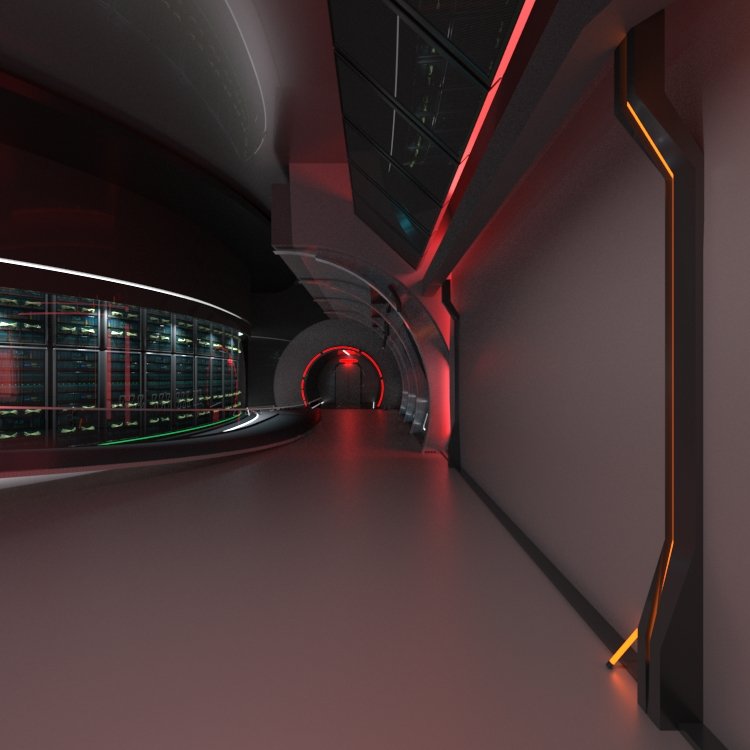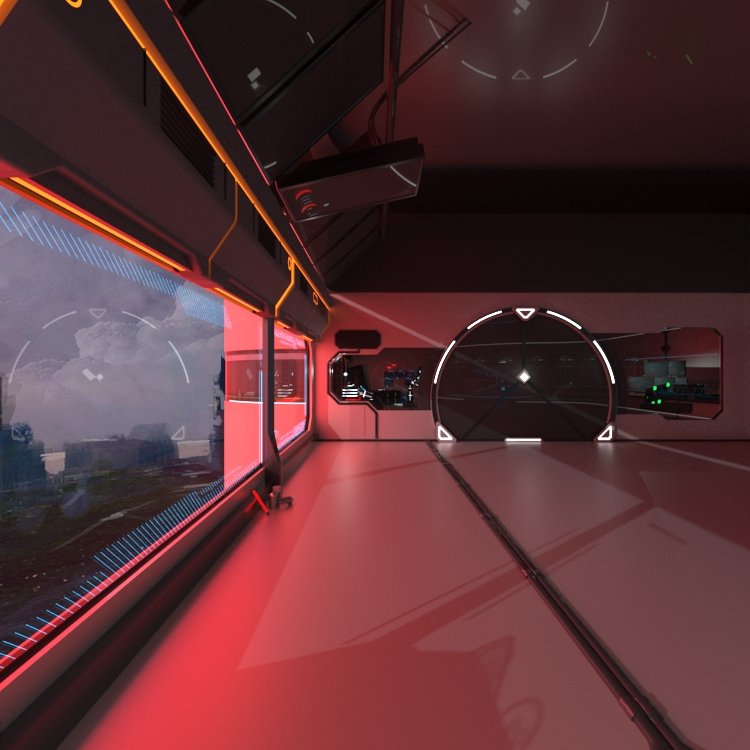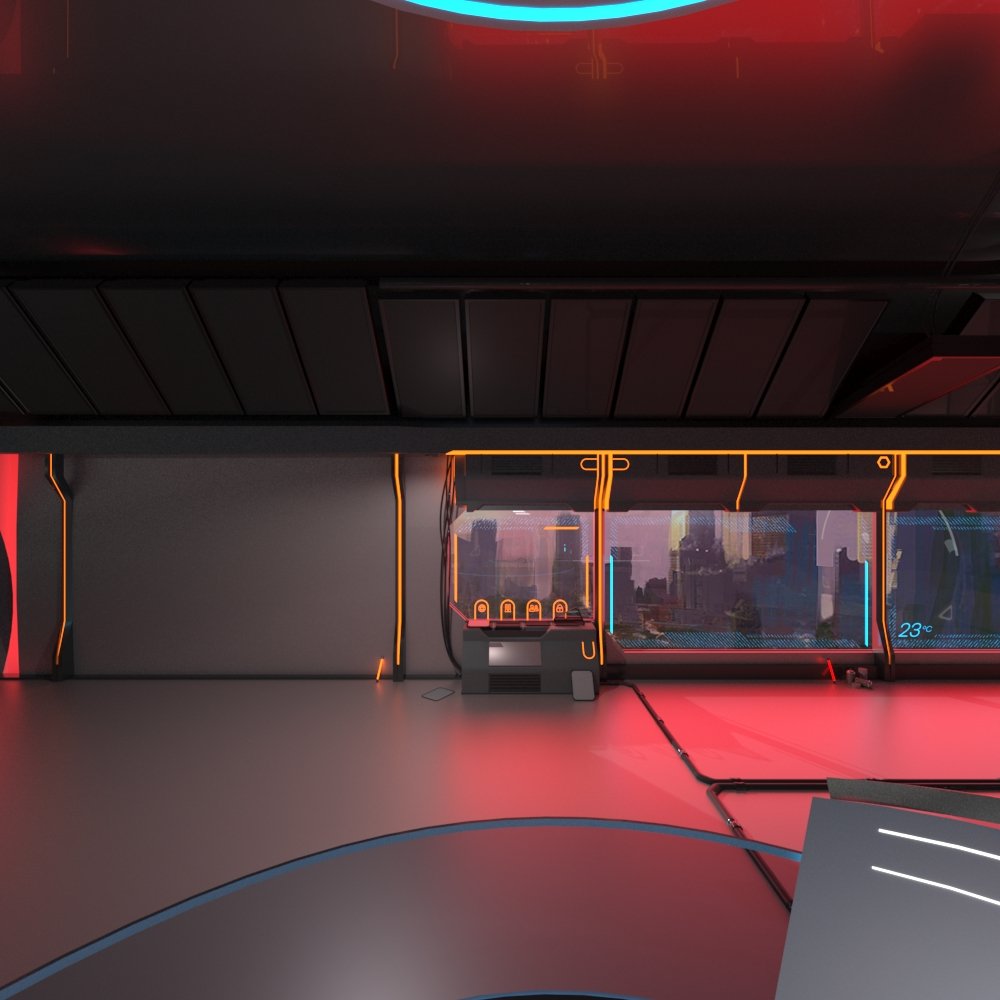Virtual reality escape room
What if learning about cybersecurity felt more like an action movie than a boring lecture?
When Ernst Bouwman, Managing Director of Infosequre, approached me with the challenge of revamping disengaging training formats, I saw the chance to make a lasting impact. The core idea was simple: people learn better when they're having fun.
Role
Creative lead
User Experience
3D Design
Design Process
1. Concept & Mood Development
Initial Concept & Vision: I envisioned a 360-degree VR experience where users don’t just learn, they participate. This approach required merging compelling storytelling, interactive puzzles, and realistic scenarios to maintain engagement and encourage retention.
Moodboard Creation: The moodboard was the foundation for the entire visual and experiential tone of the project. It aimed to capture the thrill of cyber-thrillers, with influences from some of my favorite movies like Tron, The Matrix, and Blade runner.
2. Asset Creation & Environment Design
3D Design: I led the 3D design phase, conceptualising a VR space where users could solve puzzles and interact with clues as if they were on a high-stakes mission, I designed models of computer terminals, servers, and cyber environments. Below are a few of my favorite scenes.
A key challenge in developing this experience was balancing visual quality with performance, especially for mobile devices. To achieve this, I applied a little trick: using cubemaps to create a 360-degree scene. This technique involved placing images mapped to the inside faces of a cube, which collectively formed a seamless environment that felt fully immersive.






3. Development & Refinement
I oversaw the outsourced development using a detailed functional design document. This guided integration of the player path, environments and interactive puzzles. Continuous user testing informed iterative refinements.
Outcome & Impact
The result was a VR experience that combined gamified learning with real-world cybersecurity practices. Clients reported significantly higher engagement levels and better retention of the experience compared to traditional methods. But don’t just take my word for it - hear what this guy has to say...







